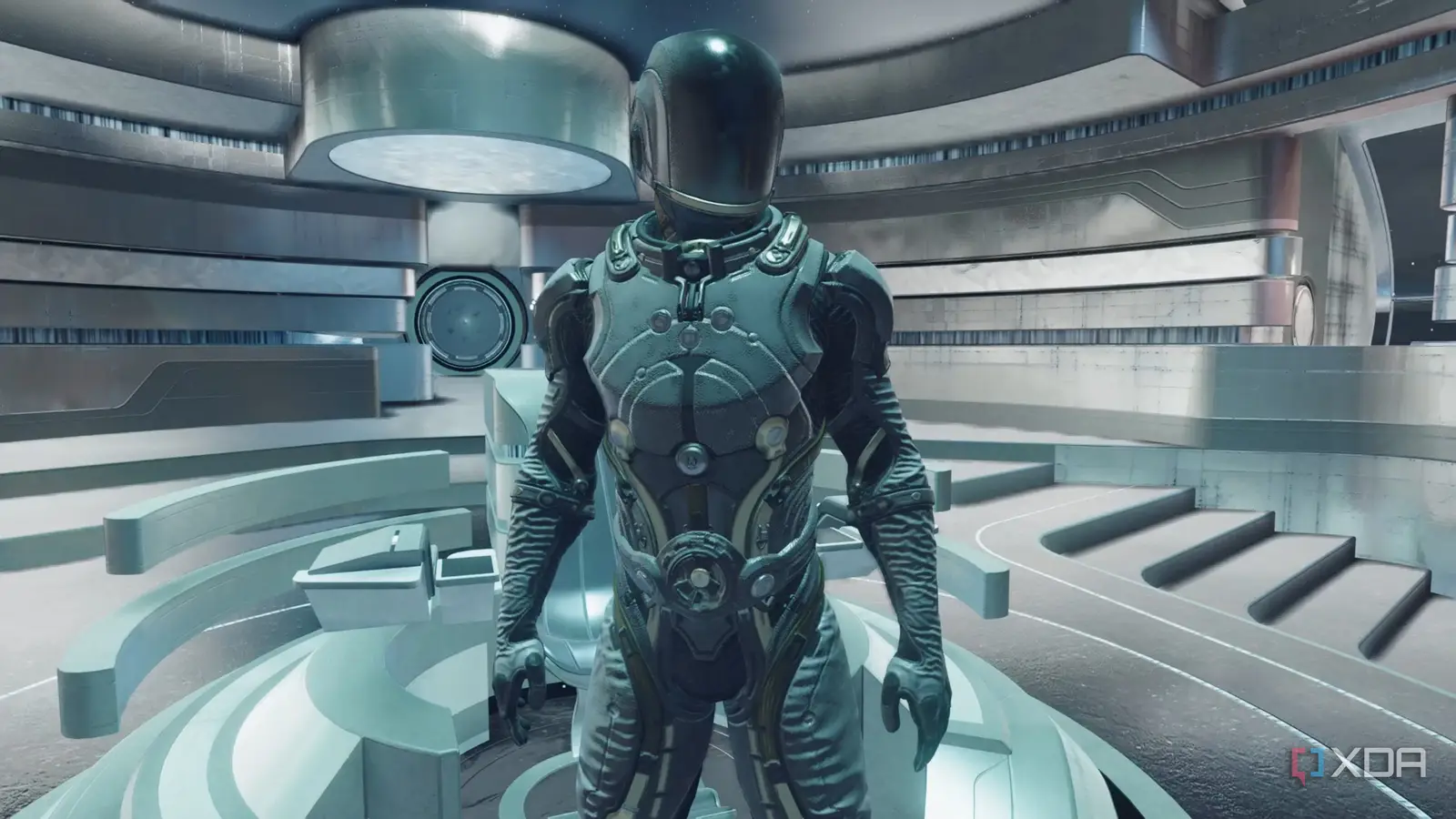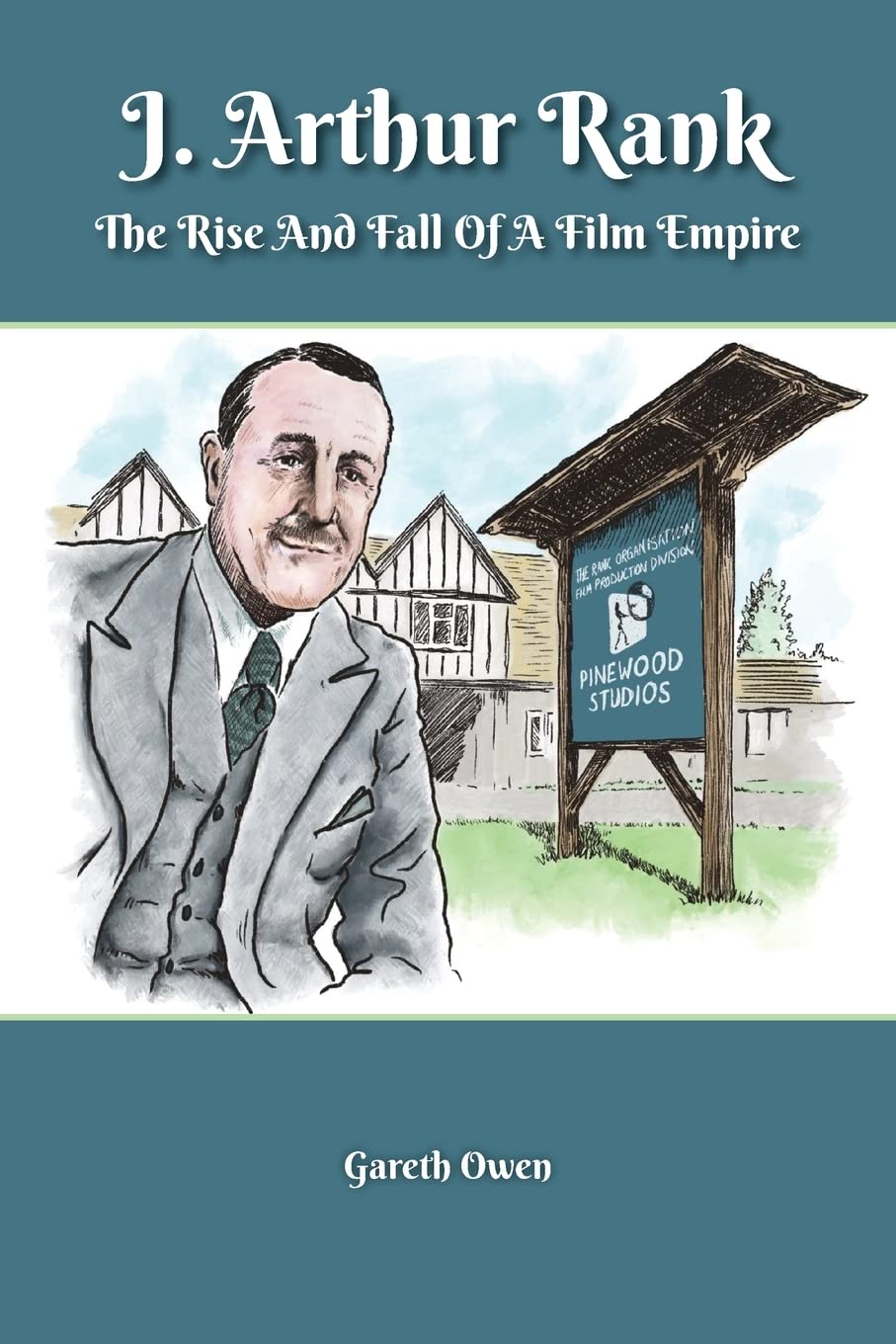Copyright XDA Developers

The Outer Worlds 2 is out today, and I can definitely say it's the best sci-fi RPG that a Microsoft-owned studio has ever published. A couple of years ago, that sentiment might have really come as a shock, considering how much hype Bethesda Game Studios' Starfield had ahead of its release. But in the wake of both titles' releases, it's clear that intentional game design is more appealing than unrealized ambition. Going forward, I'm not sure if I'll ever do another playthrough of Starfield because The Outer Worlds 2 delivers everything I'd want from a sci-fi RPG. Even if Starfield were to come to PS5 like Halo: Campaign Evolved is, I don't plan on playing it again. Why did Starfield fall short? Too ambitious for its own good On paper, Starfield seems like it would be a better game than The Outer Worlds 2. Its base is still that of a Bethesda RPG: an open-world RPG sandbox with lots of interesting characters to talk to and narrative twists to uncover. The game does actually execute all of that quite well too, with the Constellation crew featuring some of the most interesting characters ever put in a Bethesda game. Unfortunately, the game got messier when it tried to introduce mechanics not connected to that base. Instead of one big open world, there's a massive universe of procedurally generated planets to explore. Players could build spaceships and fly through space. On those planets, players are able to build and manage bases of their own. It's much more ambitious than even The Elder Scrolls V: Skyrim or Fallout 4 were at the time of their release. The upside for Starfield's approach, had it paid off, was significant. It could've essentially lived on as a survival game, much in the way something like No Man's Sky has. The problem is that none of that lived up to the rest of the game's quality. Flying through space and between planets was so boring I found myself just moving between points of interest in menus. Meanwhile, the surfaces of most planets were very repetitive because they were pulling from the same building blocks as each other. Somehow, Starfield simultaneously felt like the most ambitious Bethesda game ever made and the most restrictive. There is gold to be found within its adventure, but you have to sift through a lot of dirt to discover it. A compelling narrative and interesting characters will only get you so far if those aren't supposed to be the primary gameplay elements of your game. Succeeding where Starfield failed The Outer Worlds 2 is less ambitious, and that's a good thing As my review of The Outer Worlds 2 highlights, sometimes less is more. The original The Outer Worlds was a masterclass in crafting a compact RPG with fantastic dialogue and meaningful player choices. This sequel simply builds upon that, using Microsoft money to allow for more refined combat, prettier visuals, and bigger levels. That said, the game never loses sight of the amazing core that made The Outer Worlds a best-seller in the first place. First and foremost, The Outer Worlds 2 is a dialogue-driven RPG. Every conversation feels like it's the result of hours of work, whether it's an exciting mission in the main questline or a throwaway side mission that most players won't stumble upon. While its combat is comparable to Starfield's, and Starfield might even have the edge in game feel, The Outer Worlds 2 makes up for that with some goofier sci-fi weapons. Whereas Starfield's universe tried to be more realistic, The Outer Worlds 2 can lean into full-on satire and comedy when needed. Ultimately, Obsidian Entertainment's latest just has more personality. While some of The Outer Worlds 2's levels are a little big for their own good, they all look distinct from each other and are more intentionally designed. Planets all started to blend together after several hours of playing Starfield, but I can immediately recall what made each planet distinct if I think about it. By staying smaller-scale, yet more focused, The Outer Worlds 2 offers a better experience. Why The Outer Worlds 2 is better than Starfield Quality over quantity Both Starfield and The Outer Worlds 2 encourage players to experience the game multiple times. Going through the story again is baked right into Starfield's Starborn-centric narrative, while The Outer Worlds 2 features so many different traits, skills, perks, flaws, and dialogue options to choose from that two playthroughs can be entirely distinct from each other. In the future, I will prioritize returning to The Outer Worlds 2 over playing Starfield again because the former feels more refined. Starfield tries to be both a dialogue-driven RPG and a vast sci-fi survival game, but Bethesda Game Studios ultimately revealed that those two kinds of games are diametrically opposed. Bethesda and Obsidian-style RPGs benefit from a hand-crafted feel, and procedurally generating so much of that removes the soul. Sometimes, less is more when it comes to game design, and the relationship between Starfield and The Outer Worlds 2 demonstrates why that's the case.



